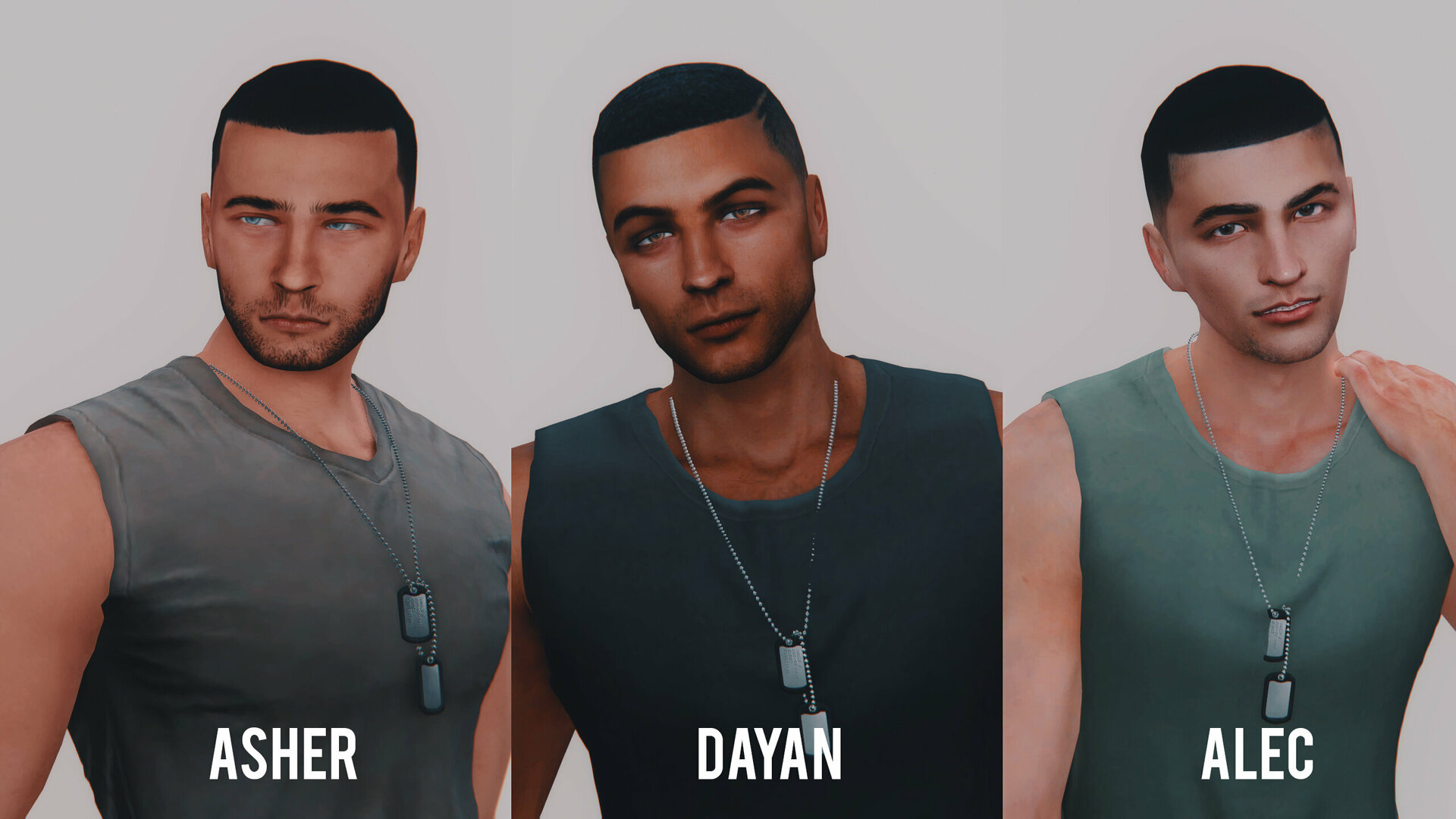Is the digital landscape truly a free and open space, or are we navigating a curated reality? The proliferation of inaccessible content, age restrictions, and the relentless gatekeeping of information raises serious questions about the accessibility and openness of the modern internet.
The recurring phrase, We would like to show you a description here but the site wont allow us, acts as a persistent, frustrating reminder of the limitations imposed on our online experiences. It suggests a deliberate obstruction, a barrier erected between the user and the desired information. This opacity isn't limited to a single platform or type of content. It permeates the digital sphere, affecting everything from social media posts to video descriptions, creating a fragmented and often confusing user journey. The reasons behind these restrictions are varied, ranging from content moderation policies to copyright concerns, but the effect remains the same: a diminished experience for the user.
The calls for support, particularly the frequent mentions of Patreon, highlight the often-precarious nature of content creation. The phrase, @hyungry2 yall need to just become a patreon! underscores the financial reliance of creators on their audience. This dependence fosters a direct relationship, but also introduces another layer of complexity. The desire for financial stability can influence content, potentially leading to paywalls, exclusive content, and a tiered system of access, further fragmenting the user experience. The sentiment "And what better way to show your support?" perfectly captures this dynamic, emphasizing the importance of patronage in sustaining the creative process. The heartfelt "Thank you for your amazing work!" reveals the audiences appreciation and the reciprocal nature of this relationship, one fueled by both admiration and financial backing. "Cant wait for vr ova 3 pt2!" speaks to the anticipation and excitement that builds around creative releases, hinting at a dedicated fanbase eager to consume the latest offerings.
The prevalence of age restrictions, encapsulated in the statement, This content might not be appropriate for people under 18 years old, adds another layer of complexity. While intended to protect minors, these restrictions often require users to navigate additional hurdles such as logging in or verifying their age creating friction in the user experience. This raises questions about the effectiveness of age verification and the potential for censorship or restriction of legitimate content. The reliance on platforms like Twitter, as evidenced by To view this media, youll need to log in to twitter, further contributes to this issue. It forces users to have an account, effectively excluding those who choose not to participate in that particular ecosystem. Links can be found below! offers a glimmer of hope, a pathway to accessing the information, but it underscores the dependence on external links and the potential for broken or unreliable connections. The instruction to "Sign in to twitter to check notifications, join conversations, and catch up on tweets from people you follow" exemplifies the walled-garden approach of social media platforms, which prioritize user retention and control over open access. The command, Search twitter for people, topics, and hashtags you care about, illustrates the use of the platform to access information, while the call to "Explore the latest posts from @search on twitter" further highlights the platform's role as an information hub, as does "The latest posts from @atrupar."
The repeated phrase "We would like to show you a description here but the site wont allow us" illustrates a systemic problem, with a large chunk of content being blocked for viewing. The phrase appears again and again, emphasizing the frustration and the constant limitation of access. The "Client (this browser and/or this site's scripts and/or client's network)" statement provides a technical insight but gives little real information regarding the original issue.
The user's question, "Can anyone with early access to the new his favorite boy ova share a dl link please?" highlights another issue: the desire for immediate access and the challenges of digital distribution. It points to the informal networks that develop around content, bypassing official channels and raising copyright concerns. The lack of direct access forces people to look for other avenues.
The recurring references to "hyungry" suggest a central figure or content creator who is the focus of the discussions. This figure is related to content that may be sexually suggestive and that could be the reason for the restrictions. The discussions on Patreon and the anticipation for new releases suggest a dedicated fanbase and a clear understanding of the creator's work, whatever it may be.
The digital world is complex. It's a landscape of both opportunity and restriction, where the free flow of information often faces censorship and paywalls. The questions that the users ask, and the statements that the creator makes, are all parts of a digital dance, where people show their support, creators make content, and access is often limited.


